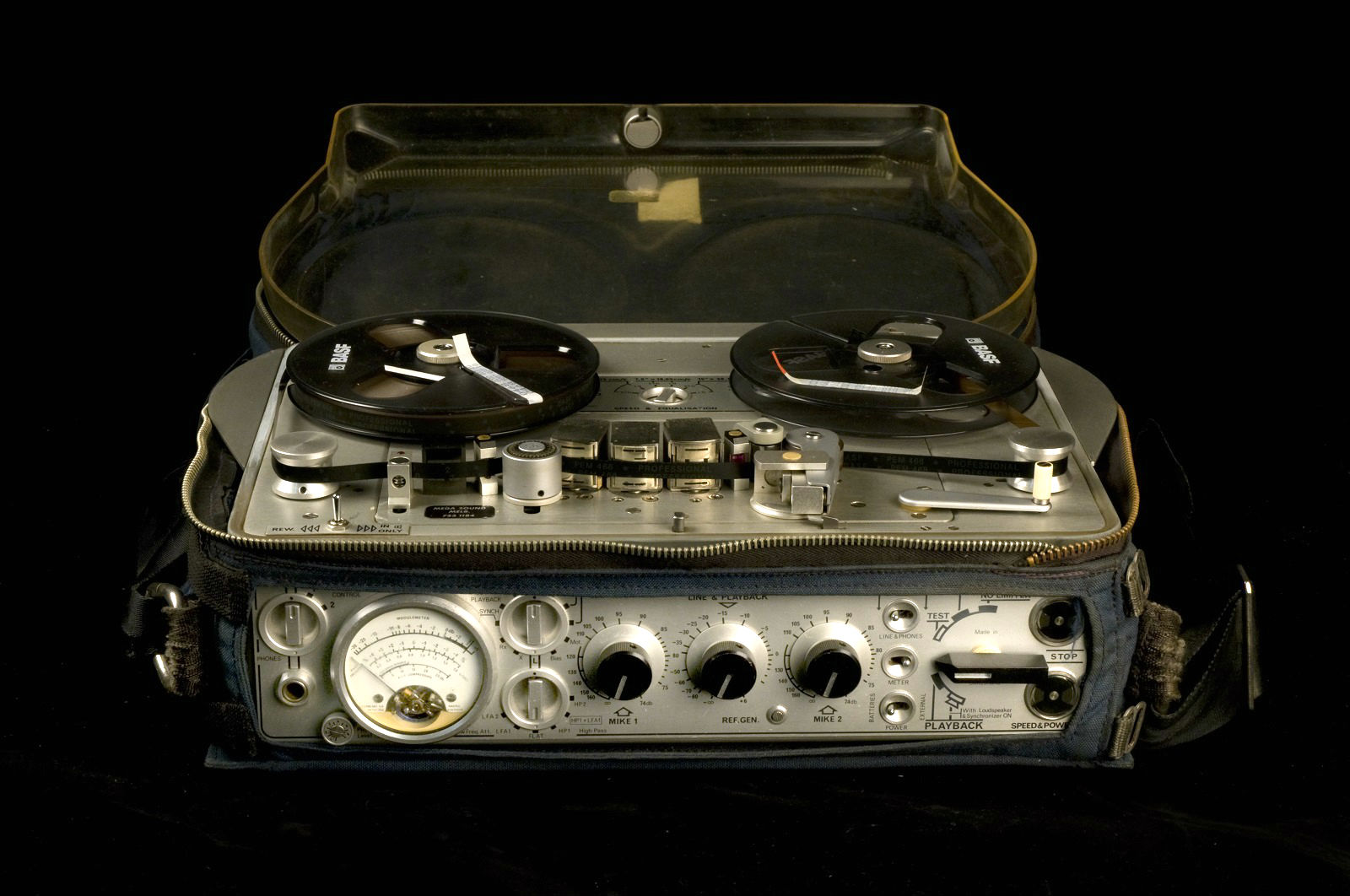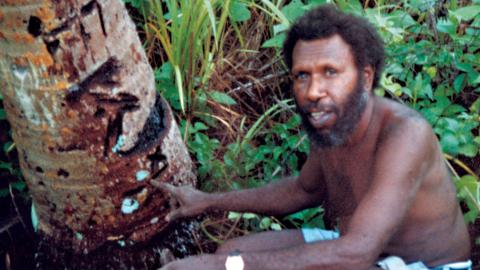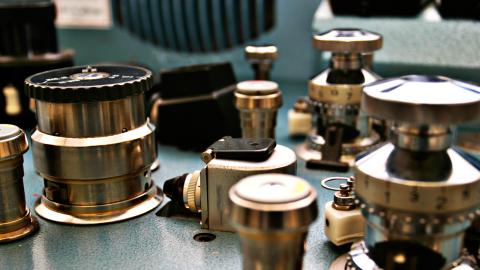

Bronwyn Murphy
Staff Profile: Bronwyn Murphy

"It was a time when film producers realised they should have a more diverse crew. There were only a couple of women working in sound and location recording was an unusual thing for a woman to do." - Bronwyn Murphy
Rabbit-Proof Fence (2002), The Sapphires (2012), Candy (2006), Lantana (2001) and documentaries like Land Bilong Islanders (1989) and Mabo: Life of an Island Man (1997) are films which have had a significant impact on Australia’s film industry. They have in some way made us think about how we see ourselves, both in Australia and in relation to the rest of the world. These are just some of the films on which Bronwyn Murphy, Oral History Coordinator at the NFSA, has worked as a sound recordist and dialogue editor.
Growing up in Bourke, New South Wales, Bronwyn initially studied nursing in Brisbane but left after finding living at the college to be ‘dominated by archaic rules and opinions regarding women’, as things such as curfews and dress codes were compulsory. She says she still has times when she would like to be a qualified nurse, as bush medicine holds a great deal of interest to her.
Bronwyn then studied electronics at TAFE and, together with some friends, put together a radio program called Expat Half Hour, which they would send from Brisbane to 2WEB in Bourke to play on air. This was her first professional interaction with sound recording; the program was recorded on quarter-inch tape, requiring her to learn how to cut and edit. She notes that this role ‘nurtured her interest in sound, the human voice and music’.
Later Bronwyn attended film school for three years (1980-1983). Her entrance into this world coincided with a time when the Australian film industry experienced a boom in production. Budgets became larger, films became braver. Although the industry was becoming more varied in terms of the amount of women working behind the scenes, sound recording was, and still is, a heavily male-dominated industry.
Bronwyn remembers that on one of her first experiences, working at the Queensland TV Unit, her boss expected that as she was the only woman in the crew, she would be delegated to making the coffee. She reflects that, ‘I was doing the exact same work as the men. The electronics, making circuit boards, soldering them, operating and calibrating the camera etc., but because I was a woman the work I was doing did not matter.’
Awards and near-death experiences
Her first experiences were working on documentaries such as Philippines, My Philippines (1989) and Paper Trail, the Life and Times of a Woodchip (1991). While making the latter, Bronwyn and the entire crew had to run from a falling tree, which destroyed her sound equipment and nearly ended her life in the process. She was recording at the time and has kept the recording and the microphone she was using, bent like a banana by the tree, as a keepsake of the experience.
Bronwyn bought her own sound kit, which included a Nagra (see below), a full set of microphones and a boom pole. This gave her a competitive advantage, as productions did not have to hire sound equipment and were able to save money by working with her.
Bronwyn’s work on Rabbit-Proof Fence (2002) earned her an AFI Award for Best Sound, shared with the rest of the sound team (Craig Carter, Ricky Edwards and John Penders). Working on the film was at times gut-wrenching in terms of emotion, leaving all the crew in tears, specifically the scene in which the children are taken from their mother and grandmother. Working with Phillip Noyce was one of her career highlights; she convinced him to allow her to record the sound using a Zaxcom recorder, which captured the sound digitally. This meant that she could record in high detail, creating multiple tracks.
Rabbit-Proof Fence (2002) was Bronwyn’s last job on location. Wanting to spend more time with her daughter, she moved into post-production, editing the sound on films such as Candy (2006), Burning Man (2011), The Sapphires (2012) and The Railway Man (2013) before joining the NFSA as Oral History Coordinator.
My favourite things in the collection

‘My favourite item would be a sentimental pick: the Nagra 4.2 sound recorder. I had two of these machines, before moving to a DAT machine and then the Zaxcom hard drive recorder.’
This staff profile was published in April 2016 while Bronwyn was Oral History Coordinator at the NFSA.
The National Film and Sound Archive of Australia acknowledges Australia’s Aboriginal and Torres Strait Islander peoples as the Traditional Custodians of the land on which we work and live and gives respect to their Elders both past and present.


